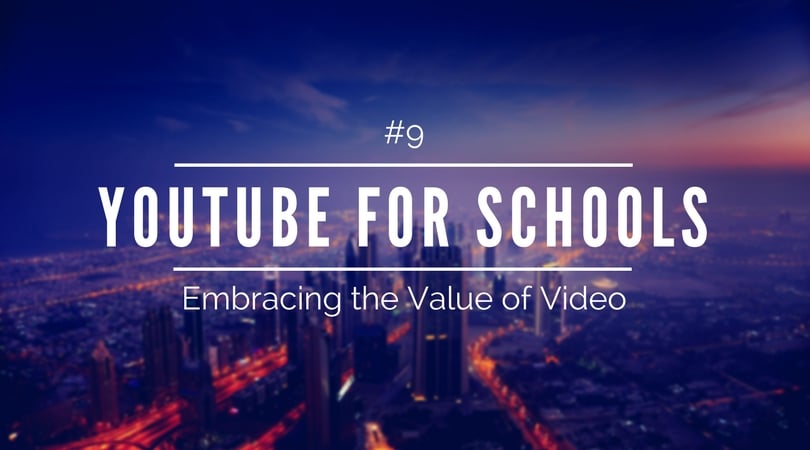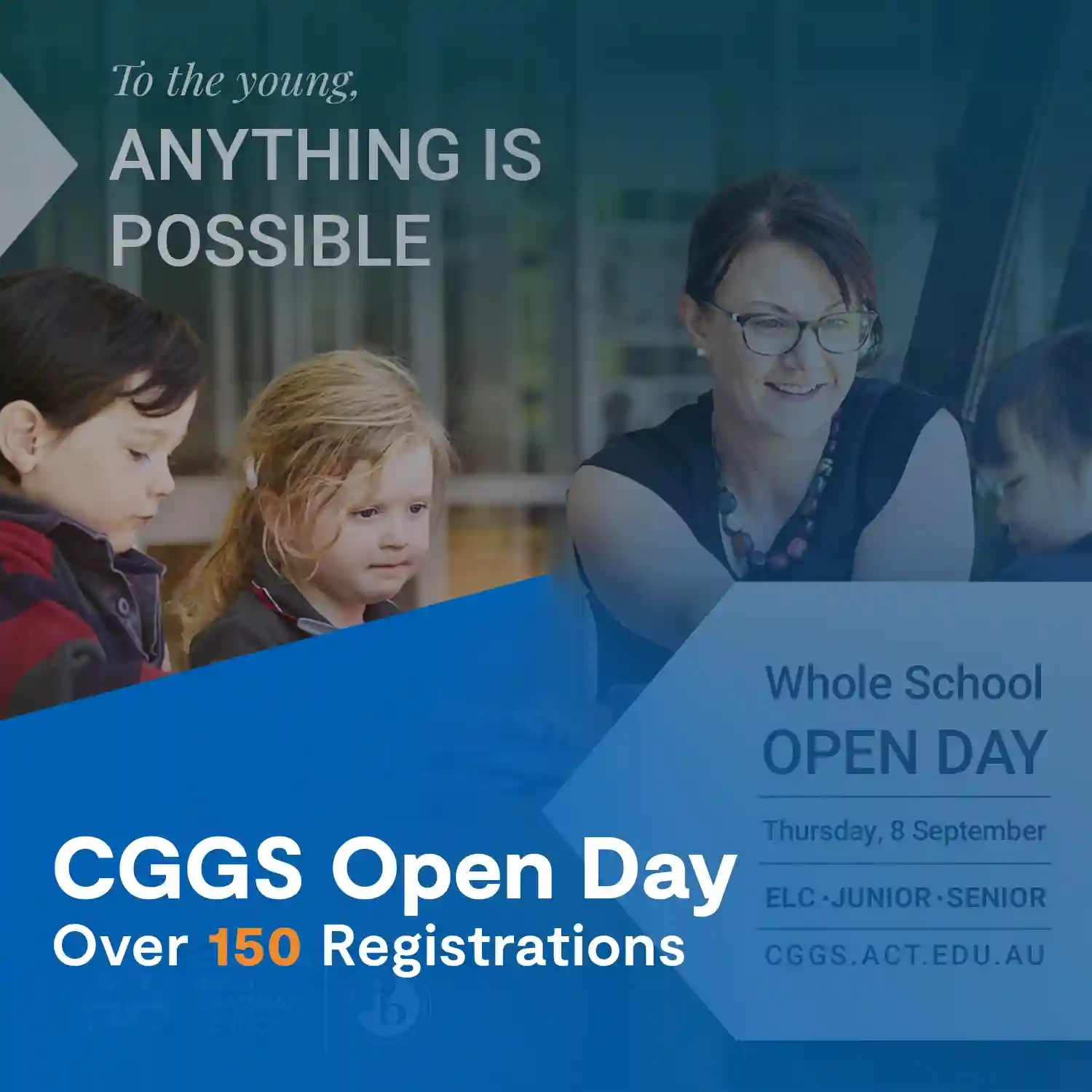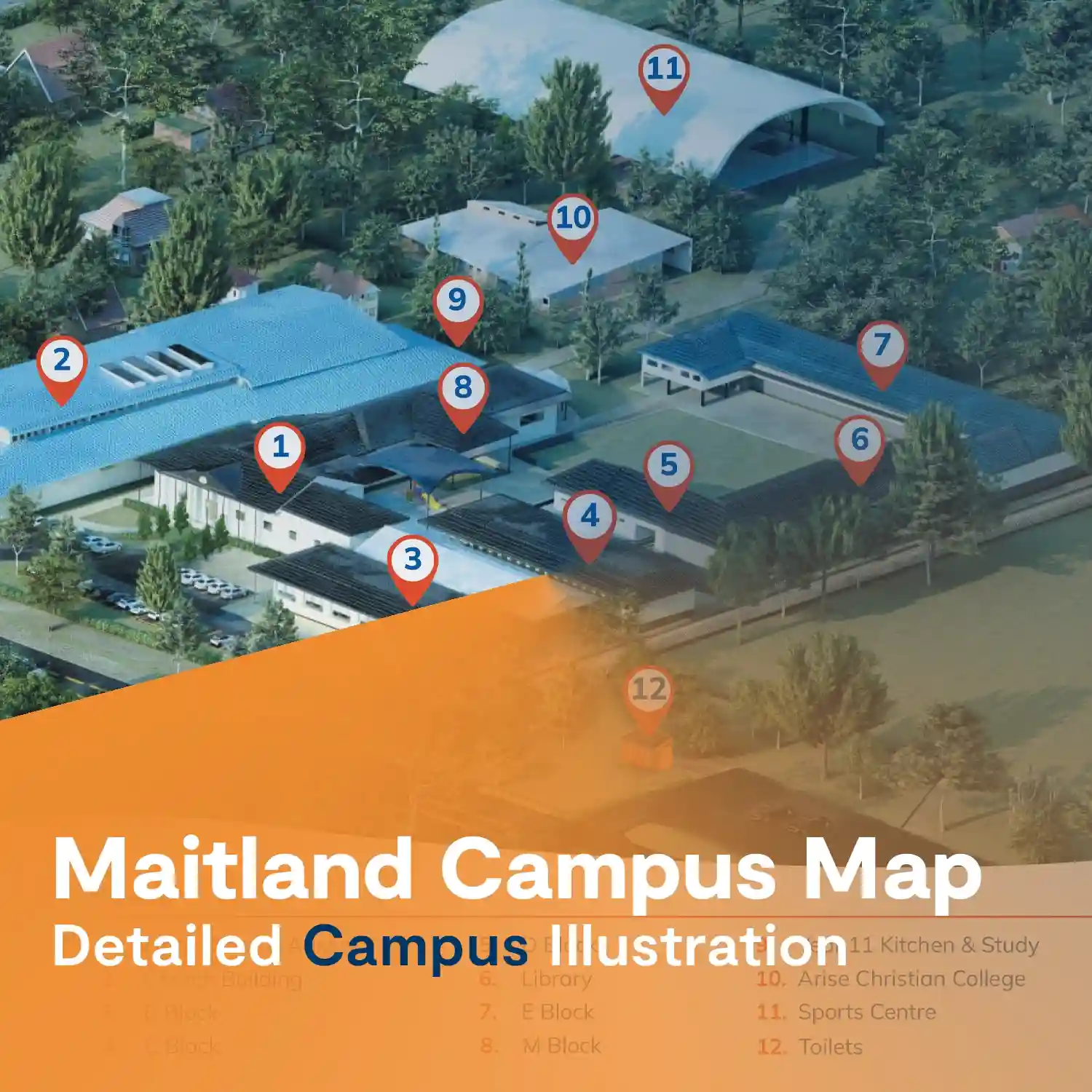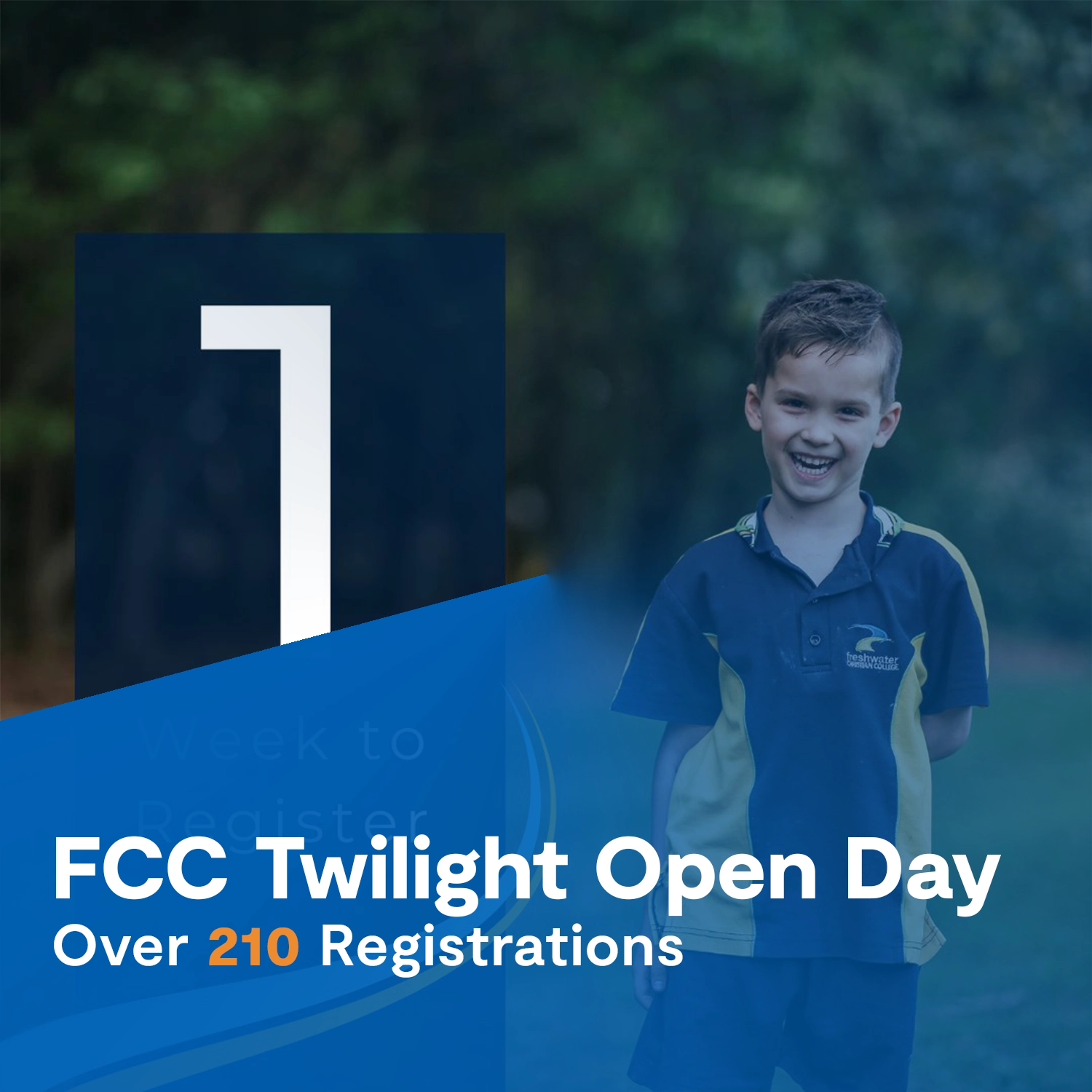Not many marketers talk about YouTube advertising, and I’m not sure why because it has huge potential for schools. YouTube has over a billion users. That’s a third of all people on the internet that you can target, and more than half of those users are on mobile devices, so bear that in mind. You’re going to have to have very mobile-friendly content if you’re going to advertise on YouTube.
YouTube is particularly useful for reaching audiences between the ages of 18 and 49 and so if you’re a school marketer, that’ll be ringing some bells for you because it’s very close to the age group of the audiences that you’ll want to be targeting.
So, today I’m going to go through how you can get onto YouTube and the different types of ads and formats that you can choose from, and then we’ll also have another note about targeting , looking at all your different targeting options for the audiences that you can reach.
So, let’s look at the different ad formats that are available on YouTube. There’s basically two mainstreams of format for advertising on YouTube, and that is the TrueView advertising options and then the Reservation options. So, I’ll just talk about the Reservation options because that won’t be the focus of today’s video, but it is worth a mention.
Reservation Ads
So, the Reservation ads are the ads that are on top of the screen on the Homepage of YouTube, and those can be only booked through a YouTube advertising rep. They can’t actually be scheduled through AdWords. It’s scheduled in person with a rep. And so, that is just like a takeover of the Home screen, and it’s still targeted towards a geographic area and demographics, so don’t think that if there’s an ad on the top of the Homepage of YouTube, that that’s showing to everyone that goes to YouTube. Note it’s segmented based on the audiences that you want to reach. So, if you want to find out more about that, you can contact me or a YouTube rep.
The next thing that we’re going to look at is the TrueView ads. And so, these are the ads that are either showing on the YouTube Watch pages or on the right-hand side column, so we’ll talk about those two formats.
In-Stream Videos
So the in-stream videos are the format that plays within the video player on the YouTube Watch pages. You’ll notice when you click on a video, an ad will play before the video and there’ll be a countdown time of five seconds before you can skip the ad. That is a TrueView in-stream format.
So, you’re charged at this 30-second mark, so if someone watches your video for 30 seconds, then you’ll be charged, or if they’re finished watching your video, if it’s shorter than 30 seconds, or if someone clicks on your ad, those are the three times that you’ll be charged for your video ad. There’s no limit in terms of time for your video ad, but of course, it’s recommended that you keep these videos short and sweet.
If someone skips the ad before the 30-second mark, the major benefit is that you don’t pay, and you’ve just gotten a lot of brand awareness. So, that’s great.
Video Discovery Ads
The next format under the TrueView category is the video discovery ads, and these are on the right-hand side of the Video Watch page, and they are like suggested content. They’re on the right-hand side in the Related Content column. Oh, and they can also show within search results when you search for a particular topic, then you can have a suggested video, and the way you can tell that this is an ad is there’ll be like a little yellow tag that just says ‘Ad’ just to make people aware that it is actually an ad and not just organic content. And so, for the Video Discovery ads, this is a way to promote your current content on YouTube, so if you have a video on YouTube that you want to get out there, you would go for the Video Discovery ad, and you would pay when someone clicks on the ad to view the content, so there’s not even if they watch it for 30 seconds anything, the second they click the ad is when you’ll be paying for a click.
Bumper Ads
Another format that I just want to mention, and it’s a relatively new format is called Bumper ads, and you may have noticed those super-quick ads that show up. You can’t skip them, and those are called Bumper ads, so your video has to be six seconds or less, and it’s a non-skippable ad format, and this is mainly for brand awareness.
Targeting
So, YouTube advertising, I’m going to be talking about your targeting options now, and as I mentioned before, just because you are doing an ad where it’s campaign or search campaign doesn’t necessarily mean that that person will be really good at doing YouTube campaigns because YouTube ads are completely different. In YouTube, I would recommend that you have to start broad before you narrow down your audiences. And so, the more you narrow down your audiences though, the more competition you’ll have for that audience, and the more you’ll pay for engagement. So you really need someone that’s able to kind of balance the importance of their targeting to a niche audience versus reaching a broader audience based on what you are prepared to pay for your video views.
So I’ll give you a brief overview of who you can target on YouTube and how you can do that. So, your targeting options can be based off keywords searched on YouTube. It can be based on people’s demographics, on their interests, on affinity audiences, on their topics or interests, and also remarketing, and there are a few more targeting options but I won’t go into those for school’s marketing.
And so, you can reach different audiences based on those different targeting options, and it really takes an expert to kind of get you in touch with the broad audience that’s still going to be interested in what you have to say. Obviously, for schools, one of the main things that you’ll want to do is geographically target our marketing so we reach people in our area.
So I hope that that helps you and gives you an overview of what’s important when it comes to YouTube advertising. I definitely recommend that schools try it out. It’s a great alternative to TV advertising, and as I said, there are over a billion people on YouTube that are reachable, and so it’s on par with television advertising in many ways except you have more control over your spend, and you can also track and measure your results. I hope that helps. Remember to get the PDF download where I actually visually display everything that I spoke about today. Thank you.
Feel free to share your questions on the Facebook group, Marketing Mastery for Schools, we’d love to have you in the group and actively participating and asking your questions.








